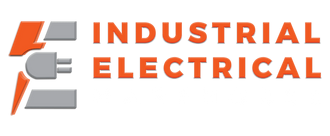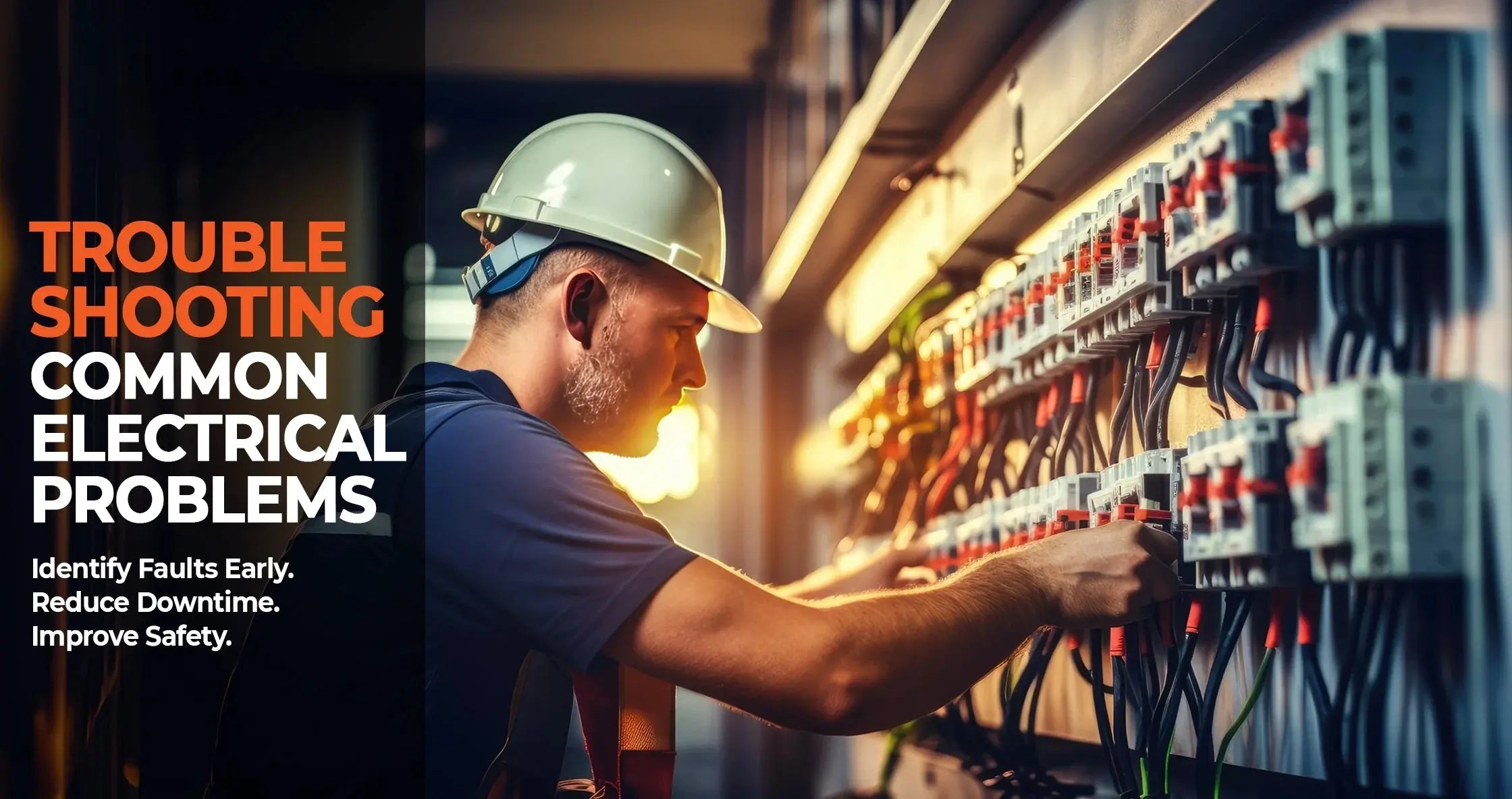Electrical troubleshooting is a critical skill for maintaining safe and efficient operations in industrial settings. By using the right electrical troubleshooting tips, you can avoid costly repairs and downtime. In this guide, we’ll explore techniques to help you identify and resolve common electrical problems.
Understanding Electrical Troubleshooting
What Is Electrical Troubleshooting?
Electrical troubleshooting involves diagnosing and resolving issues within an electrical system. This process requires a systematic approach to pinpointing faults before they escalate into larger problems. Whether it's loose wiring or faulty components, early detection saves time and money.
Why Is Electrical Troubleshooting Important?
Effective electrical troubleshooting prevents minor issues from turning into major repairs. It enhances safety by reducing risks such as electrical fires or shocks. Additionally, it improves system efficiency, ensuring reliable power supply in industrial environments.
Tip: Use visual inspections to check for signs of wear, like frayed wires or corroded connections. These are often the root causes of many electrical problems.
Common Electrical Issues in Industrial Settings
Frequent Circuit Breaker Trips
Circuit breakers trip when there’s an overload or short circuit. This could indicate too much current flowing through the circuit. To address this issue, inspect connected devices and reduce their load if necessary.
Faulty Outlets and Switches
Outlets that don’t work properly may have loose connections or damaged internal parts. Test outlets with a multimeter to confirm voltage levels. Replace faulty outlets immediately to avoid further damage.
- Check for loose screws securing the outlet.
- Inspect for burn marks inside the outlet box.
- Replace any outdated or worn-out outlets.
Wiring Troubleshooting Tips
Identifying Wiring Problems
Wiring issues can lead to significant malfunctions if left unchecked. Look out for symptoms like flickering lights, buzzing sounds, or warm switches. These signs suggest underlying wiring problems requiring immediate attention.
Steps to Resolve Wiring Issues
To troubleshoot wiring problems, start with a thorough inspection. Turn off the main power supply before examining wires for signs of damage or corrosion. If unsure, consult a licensed electrician to ensure compliance with safety standards.
Did You Know? Many industrial wiring problems stem from improper installation or aging infrastructure. Regular maintenance helps mitigate these risks.
Tools and Equipment for Effective Troubleshooting
Multimeters for Voltage Testing
A multimeter is an essential tool for electrical troubleshooting. It measures voltage, current, and resistance, helping technicians diagnose faults accurately. Always calibrate your multimeter before use to ensure precise readings.
Thermal Imaging Cameras
Thermal imaging cameras detect overheating components without physical contact. This technology identifies hotspots in electrical panels or motors, allowing for timely intervention. Investing in modern tools enhances both safety and productivity.
Safety Protocols During Troubleshooting
Personal Protective Equipment (PPE)
Wearing PPE is crucial when working on live circuits. Gloves, goggles, and insulated tools protect against electrical shocks. Ensure all team members follow proper safety procedures during troubleshooting sessions.
Lockout/Tagout Procedures
Implement lockout/tagout protocols to secure equipment during maintenance. This practice prevents accidental activation of machinery, safeguarding workers and preventing injuries. Proper documentation of these procedures ensures accountability.
Conclusion: Prevent Costly Repairs with Proactive Maintenance
By mastering electrical troubleshooting tips, you can significantly reduce the likelihood of costly repairs in industrial settings. Early identification and resolution of issues not only save money but also enhance overall operational efficiency. Remember to prioritize safety at every step and invest in quality tools and training for your team.
For more resources, explore our collection of electrical industrial products designed to support your maintenance needs. Stay proactive and keep your systems running smoothly!
Frequently Asked Questions (FAQ)
How Often Should I Perform Electrical Maintenance?
Regular inspections should occur annually or bi-annually, depending on the complexity of your systems. High-use environments might require quarterly checks to ensure optimal performance.
Can I Troubleshoot Electrical Issues Myself?
Minor diagnostics can be handled by trained personnel. However, complex issues or visible signs of damage necessitate professional assistance to guarantee safety and compliance.
What Are Some Signs of Faulty Wiring?
Signs include flickering lights, frequent breaker trips, buzzing noises, and warm outlets. Address these promptly to prevent potential hazards.
Why Is Preventive Maintenance Important?
Preventive maintenance reduces unexpected failures, extends equipment lifespan, and lowers repair costs. It ensures consistent operation while meeting safety regulations.


